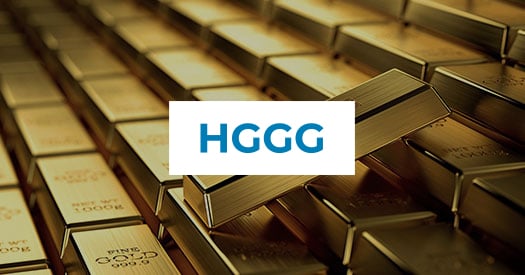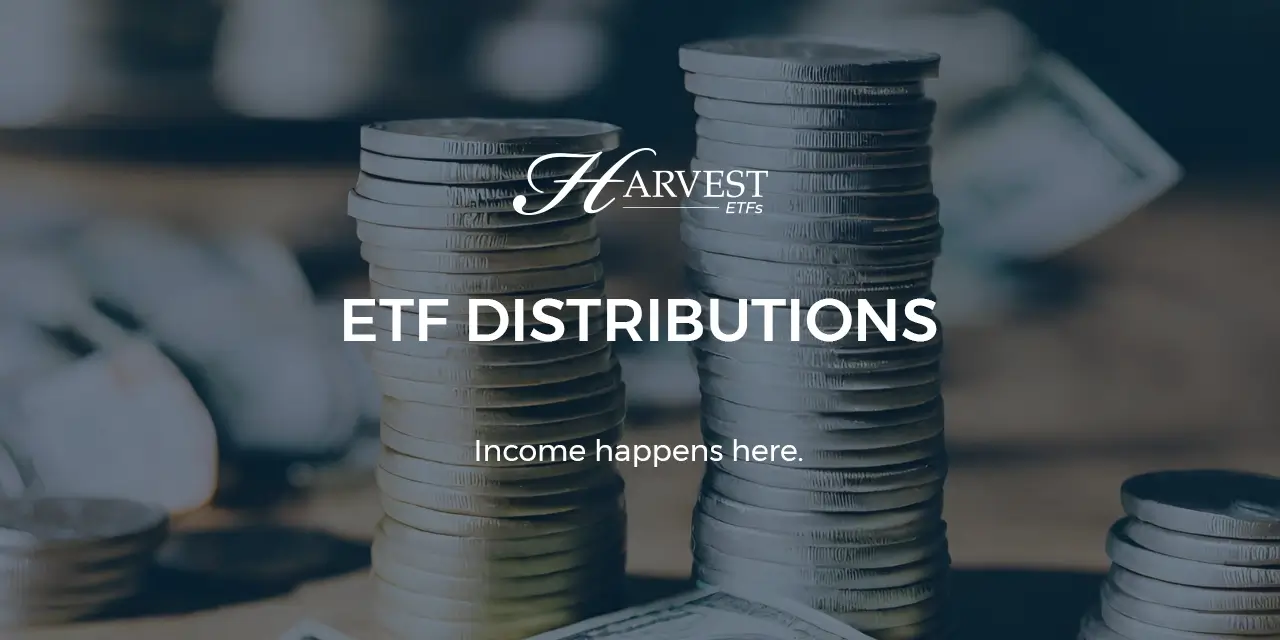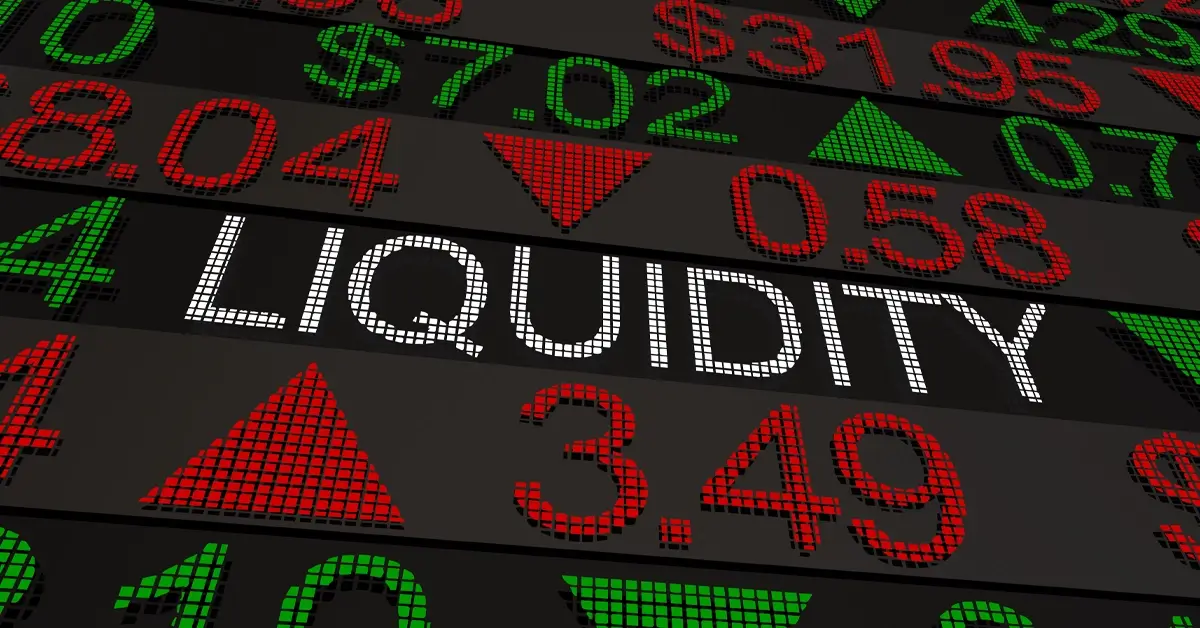By Harvest ETFs
On November 1st of 2022, gold was worth $1,645.25 per ounce, according to the World Gold Council. On January 12th 2023, gold was worth $1,882.55 per ounce – a roughly 14.5% increase at a time when broad markets have remained volatile and flat.
Many investors use gold investments for ballast against market volatility, and cite its unique performance during different market cycles. Typically, though, gold investments and gold stocks outperform when central banks cut rates on the news of slowing economic growth. As we all know, however, we are still in a rate rising cycle—albeit nearing the end of that cycle. So why are many Gold investments performing well now, and how could investors capture some of that positivity?
“Given the macro environment, this rise in the price of gold suggests to me that markets are looking forward a little bit,” said Mike Dragosits, Portfolio Manager at Harvest ETFs responsible for the Harvest Global Gold Giants Index ETF (HGGG:TSX). “I think that as we continue to get 2023 outlooks, analyst updates, and an amplification of the recessionary fears we’ve been hearing murmurs of already we may see more investors flocking to gold, which has often been sought after as a safe haven. The rise so far has probably been the first stages of that move.”
What can the gold price tell us about the economic cycle?
Dragosits outlined that while gold prices have risen, which can be associated with an economic downturn, the conditions are not exactly textbook in 2023. This year began with one of the broadest ranges of predicted outlooks in recent memory, with bears and bulls each proclaiming their respective positions from the rooftops. At the same time, we do not yet know if the central bank rate hiking cycle is well and truly over. Even if it is, that does not mean we will automatically see a succession of rate cuts to restimulate economic growth.
Rate cuts and corresponding drops in real yields, Dragosits said, are a more surefire indicator of where gold stocks may go. At the moment, we are not in that environment.
Given the macro ambiguity, and the breadth of outlooks, it may well be that more bearish investors predicting a downturn have been the first to move into gold. Given the almost unprecedented rate and severity of rate hikes last year, those investors may also start treating a pause or even just a slowdown in rate hikes as an indicator of more dovishness from central banks. That may or may not be the correct interpretation, but the wild swings we saw last year may have reset some investors’ interpretations of central bank decision making.
Bullish investors preaching optimism may still be steering clear, waiting for real yields to fall. If data points to more positivity in 2023, we may see those bulls rewarded for their more ‘risk on’ positioning.
“Gold prices are up, but I think there’s some uncertainty as to where they’ll go from here,” Dragosits said. “Nevertheless, we know that this rise in gold prices is a positive force for gold equities.”
An ETF for Gold Exposure
Those seeking gold exposure as the gold price increases may want to consider the Harvest Global Gold Giants Index ETF (HGGG:TSX). Rather than holding Gold bullion itself, HGGG holds an equal weight allocation to the 20 largest Gold mining companies in North America, Australia, and Western Europe. Those gold stocks tend to offer investors exposure to the underlying gold price through the margins these businesses can make.
Dragosits explained that in a period where gold prices are rising, these gold companies tend to outperform. Even if gold prices go flat and remain stable, that can be positive for gold equities as these companies are working to produce gold at the lowest price possible. They are still working to create value for shareholders, even if a direct investment in Gold isn’t growing.
“2023 may be a bit of a different year, given the high levels of inflation we saw last year,” Dragosits said. “But if the data we get over the next few months pushes more investors to seek gold as a safe haven, that should be positive for the revenue and profit margins of these gold companies.”
Related articles
Quoted in this article














